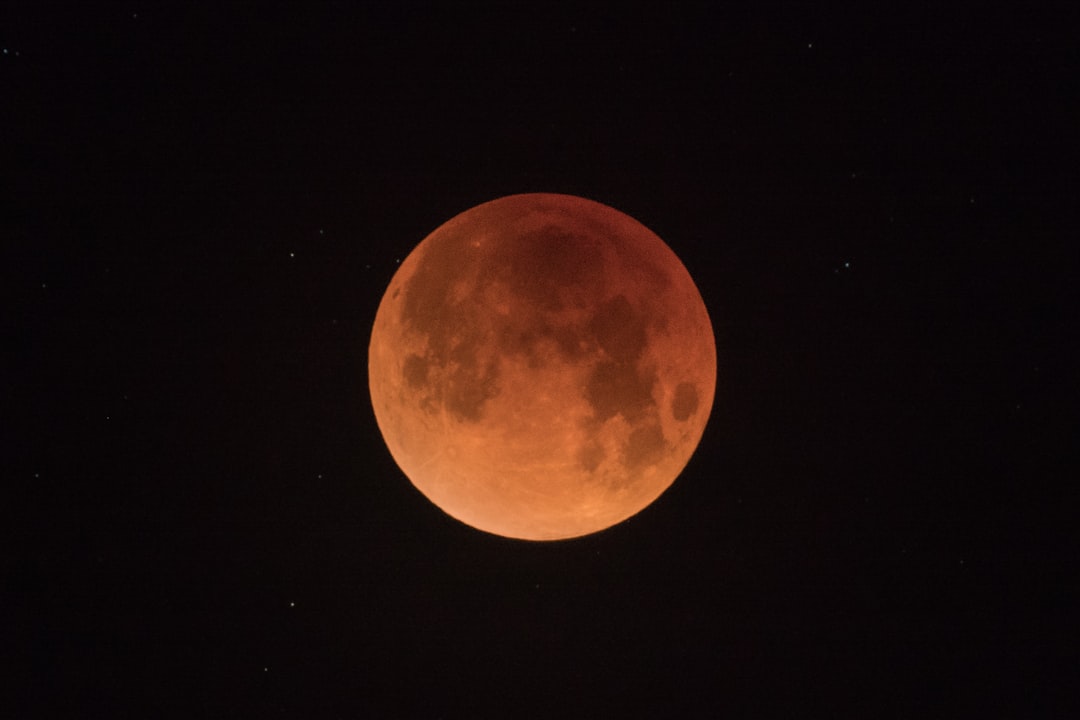NASA’s Perseverance rover discovered that Jezero Crater’s flooring is formed of volcanic or igneous rocks that have interacted with water.
During its initial year examining Mars, NASA’s Perseverance rover has made the unforeseen discovery of volcanic rocks on the Jezero Crater’s botom, revealing the existence of ancient water, findings which might lead scientists to ascertain if life on the red planet was previously habitable.
These volcanic rocks identified by Nasa’s Perseverance Mars rover on the depths of Mars’ 3.7-billion-year-old Jezero Crater are providing a tempting clue to how the Martian climate evolved.
Scientists received a revelation when NASA’s Perseverance Mars rover began examining rocks on the floor of Jezero Crater in spring of 2021: For the reason that the crater carried a lake billions of years ago, they had expected to find sedimentary rock, which would have formed when sand and mud settled in a once-watery environment. Actually, they uncovered the floor was made of two styles of igneous rock, one that formed deep underground from magma, the additional from volcanic activity at the surface.
Igneous rocks are exceptional timekeepers: Crystals within them record detailed information relating to the precise point they developed.
View more interesting articles at GDM Xchange

